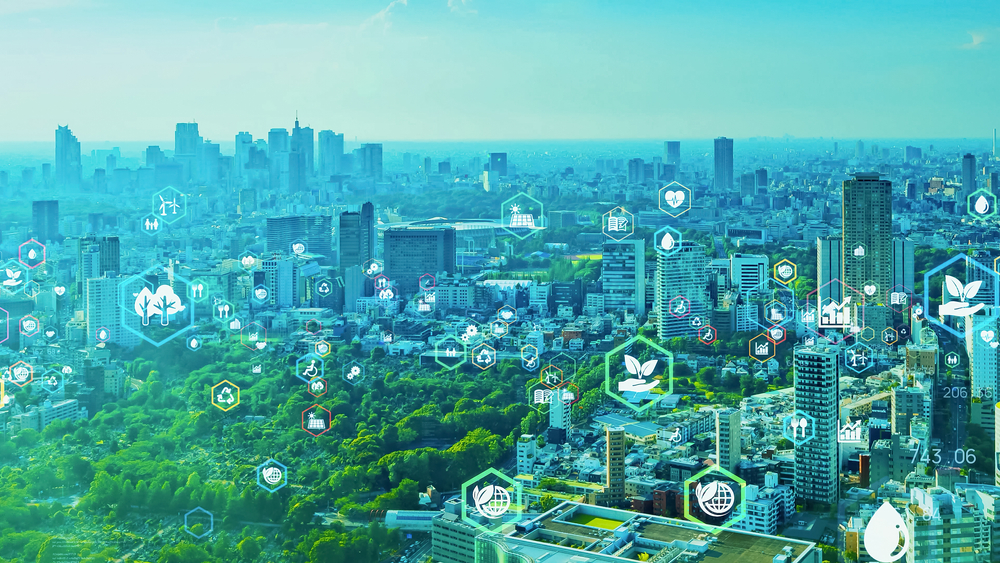Sustainability has become a pressing concern. As industries grapple with the challenges posed by the linear economy, there is a growing realisation that adopting a circular economy model is not only environmentally responsible but also brings significant economic benefits. In this context, information technology (IT) emerges as a powerful tool to drive the transition towards a circular economy. By leveraging IT capabilities, businesses and organisations can optimise resource utilisation, reduce waste, and create a more sustainable future.

1. Extending the life of devices: IT companies can promote the repair, refurbishment, and resale of devices instead of encouraging customers to dispose of them and buy new ones.
2. Designing for disassembly: Products can be designed in a way that makes them easier to break down into their component parts for reuse and recycling.
3. Implementing closed-loop recycling: IT companies can adopt a closed-loop approach to recycling, where materials are collected, processed, and reused within the supply chain.
4. Leveraging the power of data: Data analytics can help organisations identify inefficiencies and opportunities for circularity within their operations and supply chains.
In conclusion, IT has a significant role to play in accelerating the transition to a circular economy. By designing products with circularity in mind, adopting circular business models, and leveraging the power of data, IT can help create a more sustainable and regenerative economy.



